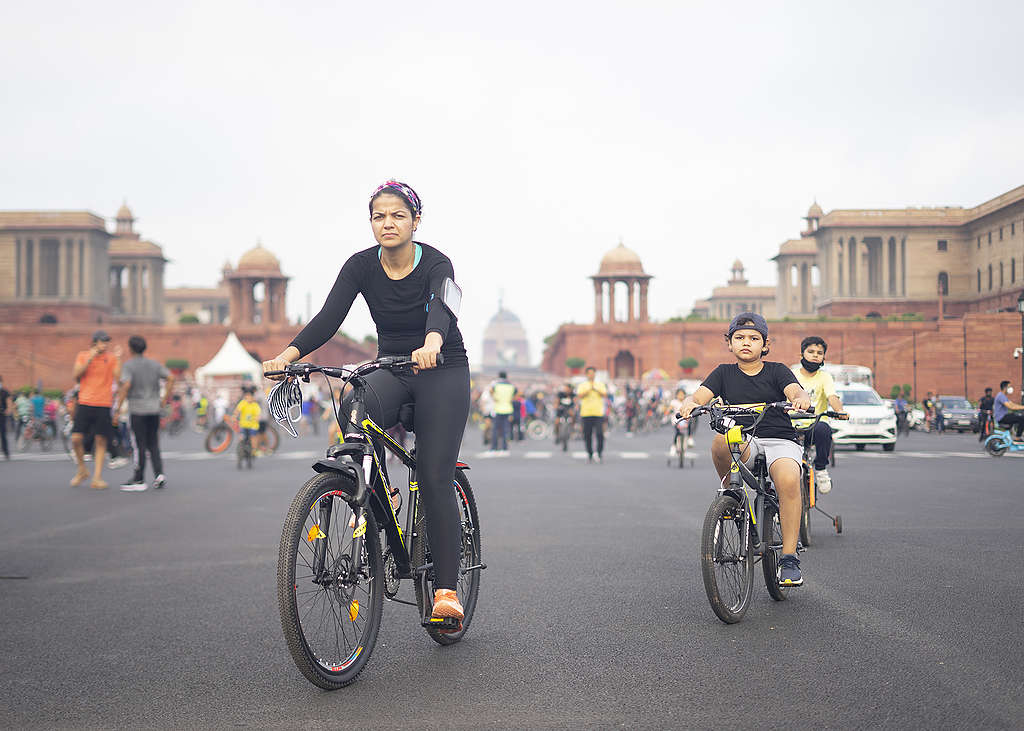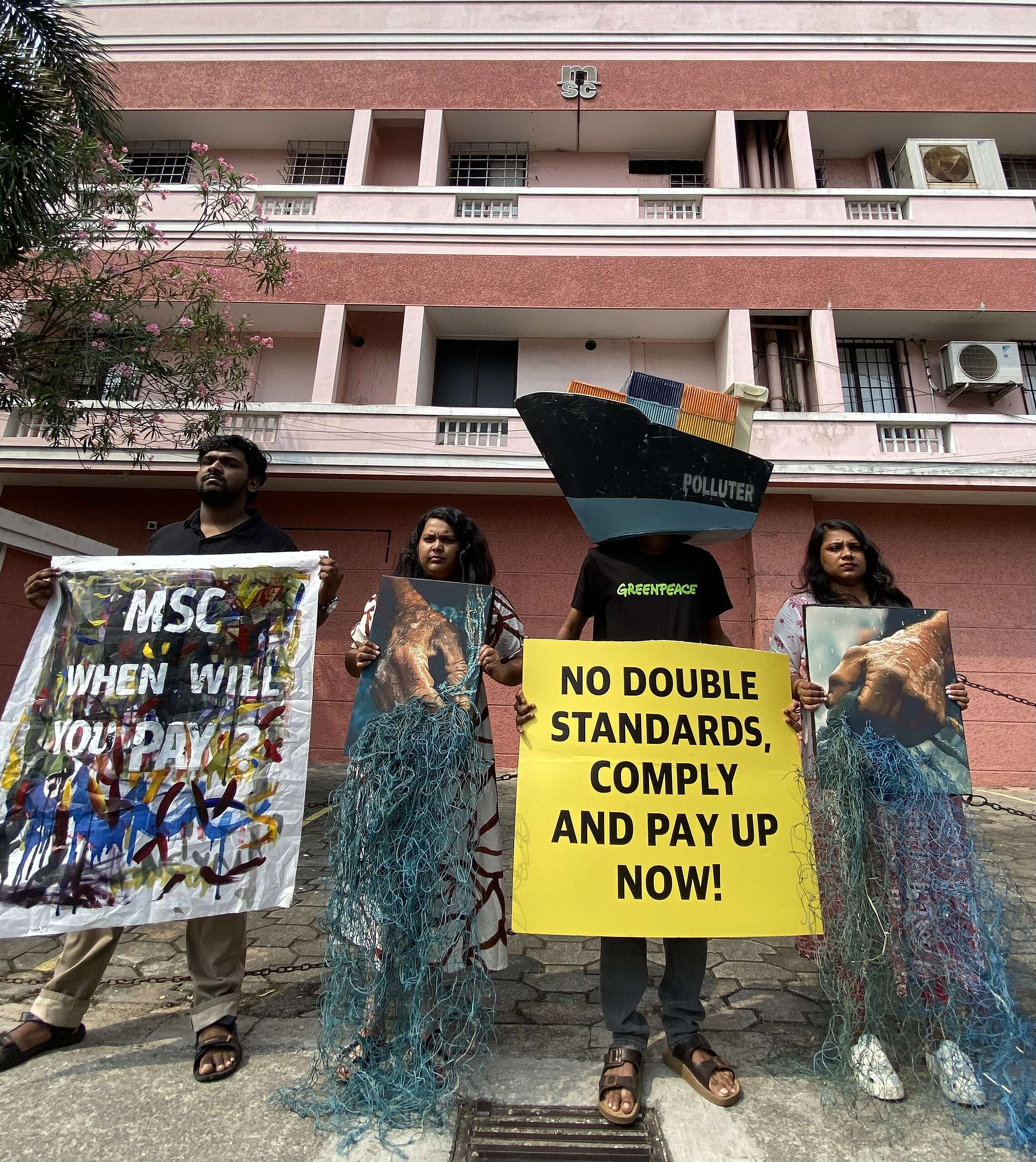| Nitish speaks on Greenpeace’s solar micro-grid in Dharnai village:
|
In a meeting between Nitish Kumar and Greenpeace on 16 May, 2012, the then chief minister had suggested that Greenpeace should display the viability of a clean energy micro-grid through a pilot project that his government was willing to replicate across the state. “Billion units of electricity is produced in this country everyday but it never reaches the villages and towns of poor states like Bihar because they are not connected to the country’s energy infrastructure or the national grid. To stop this energy injustice, Greenpeace had advocated to the Bihar government that it must not depend on central power supply but produce its own electricity at smaller, village-levels using clean energy,” Manish Ram, Senior Campaigner, Renewable Energy, Greenpeace India, said.
Speaking at the public function in the village, Dr. Shaibal Gupta, Secretary, ADRI, said, “It is very encouraging to see that Greenpeace has successfully demonstrated the viability of renewable energy by setting up a micro-grid that provides clean power to an entire village. This will definitely play a vital role in transforming the energy sector of Bihar.”
Built at a cost of Rs 3 crore, the 100kW micro-grid in Dharnai provides 24×7 electricity to 450 households, 50 commercial establishments, 60 streetlights, two schools, one health centre and one Kisan Training Centre. Besides this, 10 solar irrigation pumps also run on the micro-grid.
“We hope that after witnessing the merit of this project, the state government would fulfill its promise of replicating Dharnai-like models across the state and deliver power to all those who are currently living without it,” said Ram.
Home to one of India’s most fertile lands and a large labour force, Bihar has the potential to become the country’s next centre of agricultural and industrial growth. However, lack of electricity continues to remain a critical issue, posing as an impediment in the growth of Bihar. But with Nitish Kumar’s visit to Dharnai, the state government has reaffirmed its commitment and willingness to adopt models that can quickly overcome Bihar’s severe energy crunch.
Timeline – From darkness to light in two years
| May 15, 2012 | Brijendra Prasad Yadav, then Bihar energy minister, releases Greenpeace’s “Energy Revolution Bihar – The Renewable Energy Way” report demonstrating the potential and viability of decentralized renewable energy or distributed micro-grids in Bihar.
|
| May 16, 2012 | Nitish Kumar meets Greenpeace representatives. Asks for setting up of a pilot micro-grid that can be replicated across Bihar.
|
| May 18, 2012 | Then chief minister Nitish Kumar holds a high-level meeting with his cabinet. Says the energy requirements of Bihar can be fulfilled only through renewable energy like biomass, husk and solar.
|
| Sept 23, 2013 | Greenpeace presents Bihar government with a report on legal, policy and regulatory framework required to accelerate renewable energy development in Bihar.
|
| Oct 18, 2013 | Following on Nitish Kumar’s initiation, Greenpeace lays the foundation stone for setting up of micro-grid in Dharnai village, Jehanabad district.
|
| Mar 12, 2013 | Micro-grid work completes. Begins supplying electricity to village.
|
| July 20, 2013 | Greenpeace officially launches micro-grid. Over 3,000 people attend.
|




